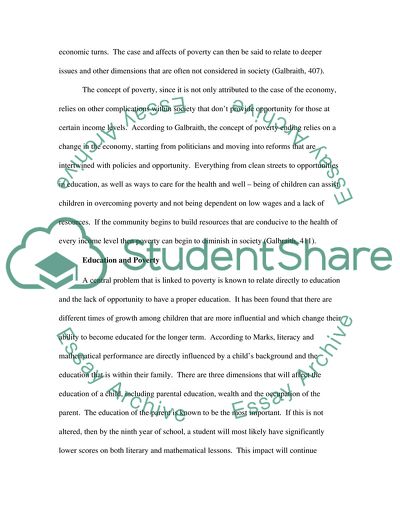Cite this document
(Poverty In America Report Example | Topics and Well Written Essays - 1750 words, n.d.)
Poverty In America Report Example | Topics and Well Written Essays - 1750 words. https://studentshare.org/macro-microeconomics/1740014-poverty-in-america
Poverty In America Report Example | Topics and Well Written Essays - 1750 words. https://studentshare.org/macro-microeconomics/1740014-poverty-in-america
(Poverty In America Report Example | Topics and Well Written Essays - 1750 Words)
Poverty In America Report Example | Topics and Well Written Essays - 1750 Words. https://studentshare.org/macro-microeconomics/1740014-poverty-in-america.
Poverty In America Report Example | Topics and Well Written Essays - 1750 Words. https://studentshare.org/macro-microeconomics/1740014-poverty-in-america.
“Poverty In America Report Example | Topics and Well Written Essays - 1750 Words”. https://studentshare.org/macro-microeconomics/1740014-poverty-in-america.


